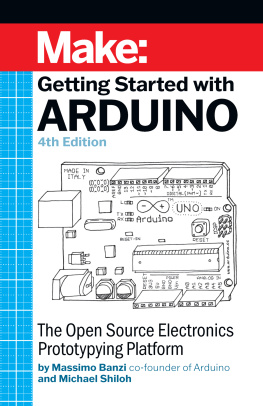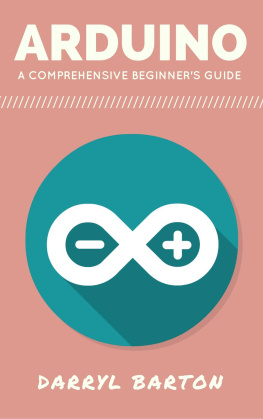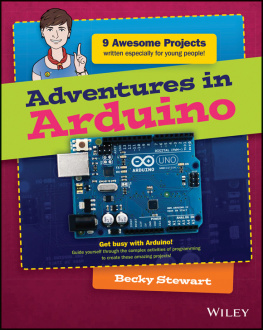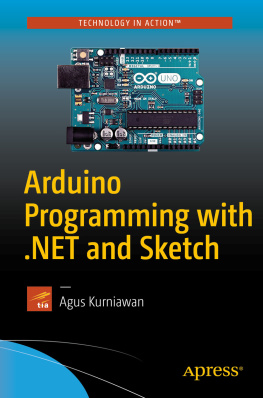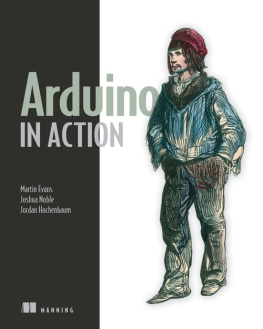Massimo Banzi - Getting Started with Arduino: The Open Source Electronics Prototyping Platform, 4th Edition
Here you can read online Massimo Banzi - Getting Started with Arduino: The Open Source Electronics Prototyping Platform, 4th Edition full text of the book (entire story) in english for free. Download pdf and epub, get meaning, cover and reviews about this ebook. year: 2022, publisher: Make Community, genre: Home and family. Description of the work, (preface) as well as reviews are available. Best literature library LitArk.com created for fans of good reading and offers a wide selection of genres:
Romance novel
Science fiction
Adventure
Detective
Science
History
Home and family
Prose
Art
Politics
Computer
Non-fiction
Religion
Business
Children
Humor
Choose a favorite category and find really read worthwhile books. Enjoy immersion in the world of imagination, feel the emotions of the characters or learn something new for yourself, make an fascinating discovery.
- Book:Getting Started with Arduino: The Open Source Electronics Prototyping Platform, 4th Edition
- Author:
- Publisher:Make Community
- Genre:
- Year:2022
- Rating:3 / 5
- Favourites:Add to favourites
- Your mark:
Getting Started with Arduino: The Open Source Electronics Prototyping Platform, 4th Edition: summary, description and annotation
We offer to read an annotation, description, summary or preface (depends on what the author of the book "Getting Started with Arduino: The Open Source Electronics Prototyping Platform, 4th Edition" wrote himself). If you haven't found the necessary information about the book — write in the comments, we will try to find it.
Arduino is the open source electronics prototyping platform that has taken the Maker Movement by storm. This thorough introduction, updated for the latest Arduino release, helps you start prototyping right away. From obtaining the required components to putting the final touches on your project, all the information you need is here!
Getting started with Arduino is a snap. To use the introductory examples in this guide, all you need is an Arduino Uno or Leonardo, along with a USB cable and an LED. The easy-to-use, free Arduino development environment runs on Mac, Windows, and Linux.
In Getting Started with Arduino, youll learn about:
Interaction design and physical computingThe Arduino board and its software environmentBasics of electricity and electronicsPrototyping on a solderless breadboardDrawing a schematic diagramTalking to a computer--and the cloud--from ArduinoBuilding a custom plant-watering system
Massimo Banzi: author's other books
Who wrote Getting Started with Arduino: The Open Source Electronics Prototyping Platform, 4th Edition? Find out the surname, the name of the author of the book and a list of all author's works by series.

